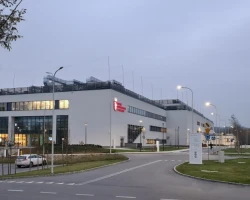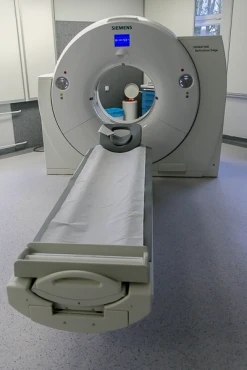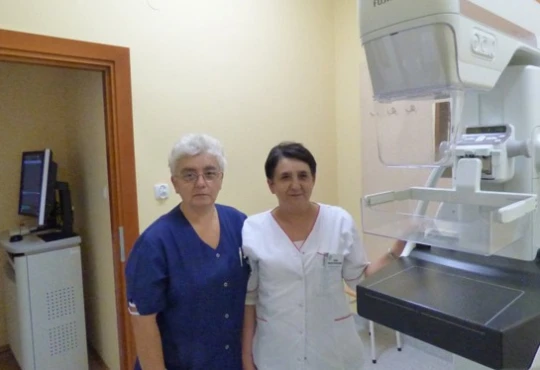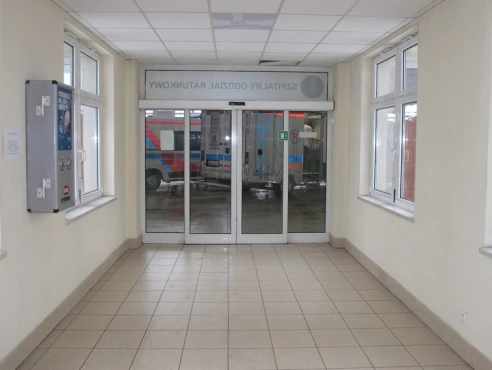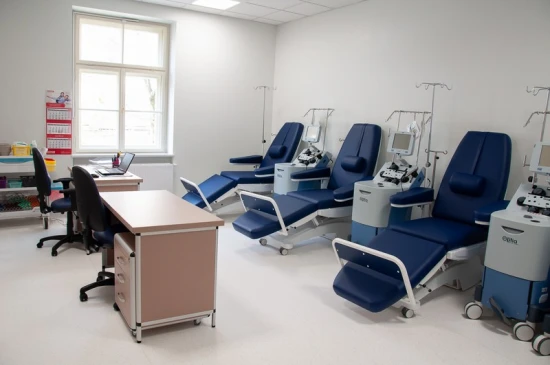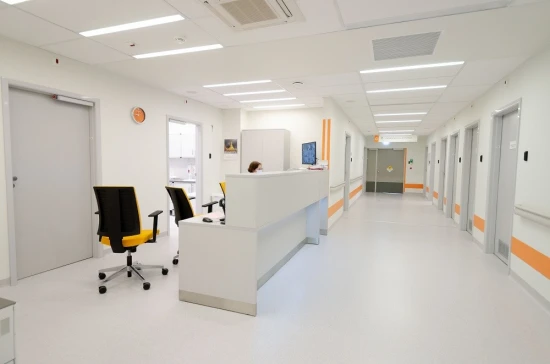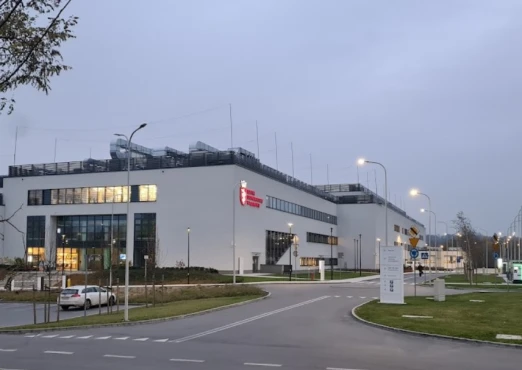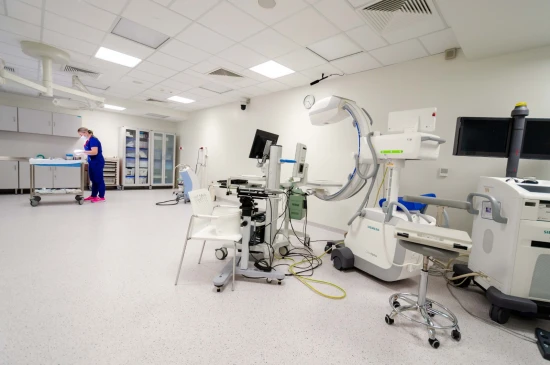Myocardial infarction (MI) treatment in 1 Cardiac surgery clinic in Lubin
1 clinic specializing in Cardiac surgery providing treatment of
Myocardial infarction (MI)
Myocardial infarction (MI), commonly known as a heart attack, occurs when blood flow to a part of the heart is blocked, leading to the death of heart muscle tissue. It is a medical emergency and requires immediate treatment to restore blood flow and prevent further damage.
Read more...
disease in Lubin.
Besides this clinic there are 3 Cardiac surgery clinics in Poland.
Such diseases are treated by Miedziowe Centrum Zdrowia S.A.: Acute ST-elevation myocardial infarction (STEMI), Acute congestive heart failure, Arrhythmia, Atherosclerosis, Atrial fibrillation (AFib), and others.
3 nearby similar clinics in Poland
Perhaps you should consider 3 more clinics we have found nearby basing on your Location, Disease filters applied.

